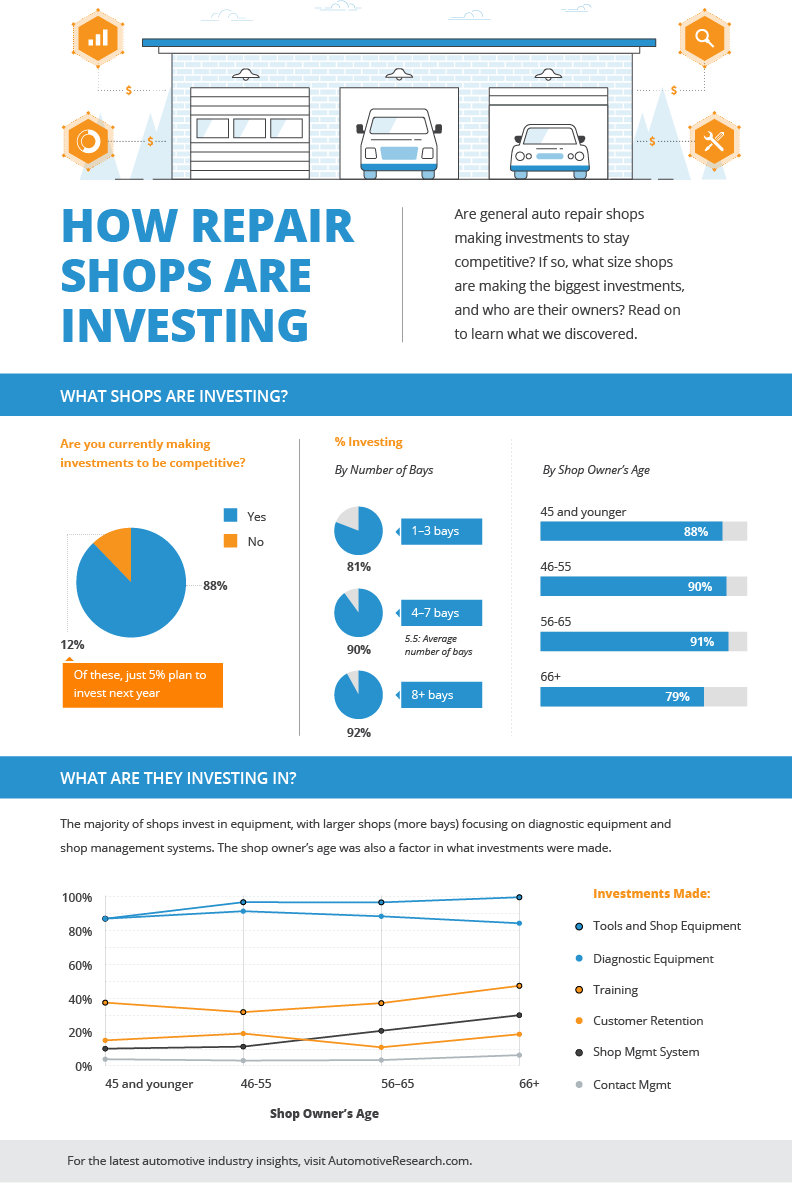Decoding Your Lorry'S Caution Indicators: What They Absolutely Symbolize
Decoding Your Lorry'S Caution Indicators: What They Absolutely Symbolize
Blog Article
Written By-Hartley Kejser
When you're behind the wheel, those beautiful warning lights on your dashboard can be a bit perplexing. Do you recognize what they're attempting to inform you regarding your cars and truck's health and wellness? Comprehending the significance of these lights is vital for your safety and the longevity of your car. So, the next time among those lights turns up, wouldn't you intend to decode its message properly and take the needed actions to address it?
Common Caution Lighting and Interpretations
Identify usual warning lights in your auto and understand their definitions to ensure secure driving.
One of the most common warning lights consist of the check engine light, which signifies problems with the engine or exhausts system. If this light comes on, it's critical to have your vehicle inspected promptly.
The oil pressure warning light indicates low oil stress, calling for instant attention to prevent engine damage.
view blinking battery light might suggest a faulty charging system, possibly leaving you stranded otherwise dealt with.
The tire pressure surveillance system (TPMS) light notifies you to low tire stress, affecting lorry stability and gas efficiency. Disregarding this might cause unsafe driving conditions.
The abdominal muscle light suggests a problem with the anti-lock stopping system, endangering your capability to stop rapidly in emergency situations.
Lastly, the coolant temperature warning light warns of engine overheating, which can lead to extreme damages otherwise resolved promptly.
Understanding these common warning lights will aid you attend to problems quickly and preserve risk-free driving conditions.
Relevance of Prompt Interest
Comprehending the common caution lights in your car is only the primary step; the importance of immediately attending to these warnings can't be highlighted enough to ensure your safety and security when driving.
When a warning light illuminates on your dashboard, it's your car's means of interacting a prospective concern that requires attention. Neglecting https://felixtnibw.loginblogin.com/38198738/the-future-landscape-of-vehicle-describing-important-trends-and-arising-technologies-to-observe can result in more extreme problems in the future, jeopardizing your safety and potentially costing you much more in repairs.
Trigger focus to warning lights can protect against breakdowns and accidents. For instance, a flashing check engine light might show a misfire that, if left neglected, might cause damages to the catalytic converter. Resolving this promptly can conserve you from a costly repair.
Similarly, Recommended Browsing warning light might signal low brake fluid or used brake pads, crucial components for your safety when driving.
DIY Troubleshooting Tips
If you see a caution light on your control panel, there are a couple of do it yourself repairing suggestions you can attempt prior to looking for professional help.
The very first step is to consult your auto's manual to recognize what the certain warning light suggests. Often the concern can be as straightforward as a loosened gas cap triggering the check engine light. Tightening up the gas cap may deal with the problem.
An additional common concern is a low battery, which can cause various alerting lights. Checking the battery links for rust and ensuring they're safe may deal with the issue.
If a caution light persists, you can try resetting it by separating the vehicle's battery for a few minutes and then reconnecting it. In addition, examining your car's liquid degrees, such as oil, coolant, and brake fluid, can aid repair warning lights associated with these systems.
Verdict
To conclude, comprehending your automobile's warning lights is crucial for keeping your lorry running smoothly and securely. By without https://tysonqmgcw.ja-blog.com/31327988/exploring-local-prizes-searching-for-reliable-car-repair-shops-in-your-area resolving these alerts and understanding what they indicate, you can avoid pricey repair work and possible malfunctions.
Bear in mind to consult your car's manual for particular details on each warning light and take action as necessary to make certain a hassle-free driving experience.
Stay educated, remain secure when traveling!
